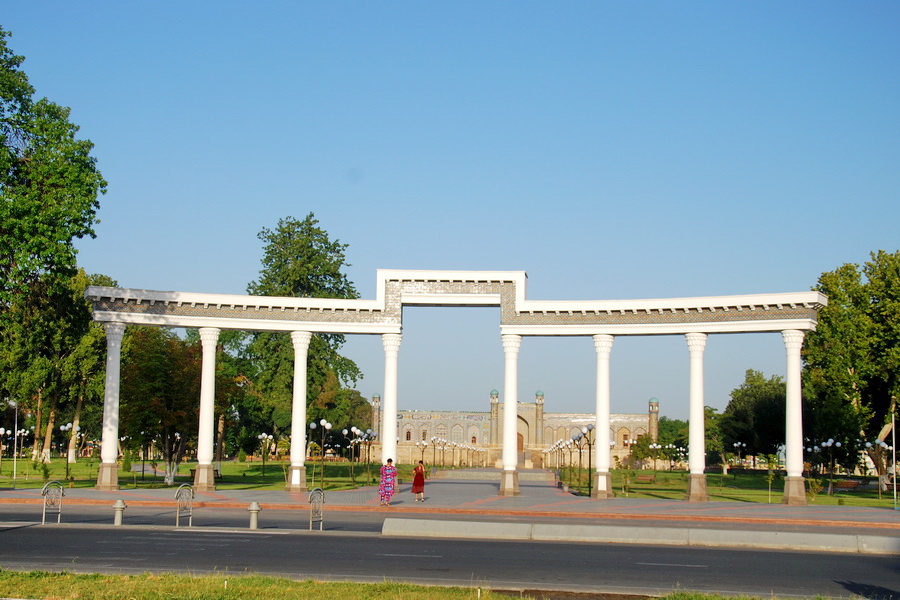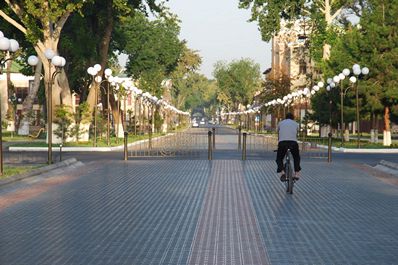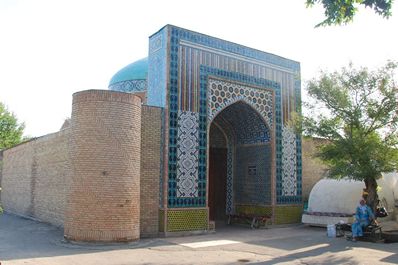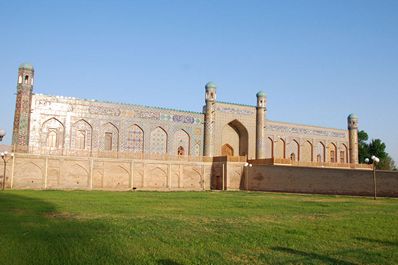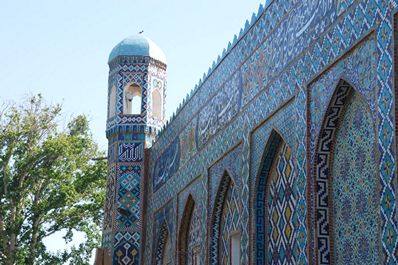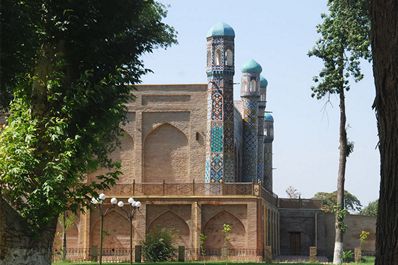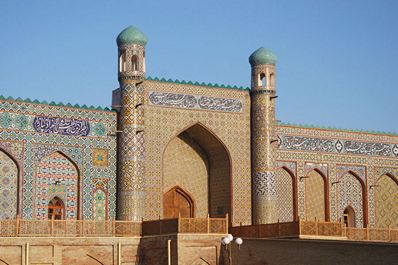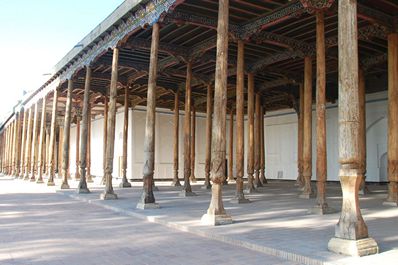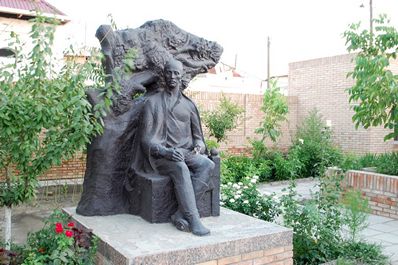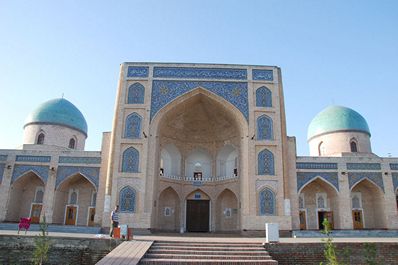Things to Do and Sightseeing Tours in Kokand
Kokand city, located in the western part of the Fergana Valley, is one of the most ancient cities of Uzbekistan. The first written records about the city Hukande, Havokande (old names of the city) were found in the chronicles of the 10th century. The town was important trade center on the Silk Road and in the 13th century, like most Central Asian cities, was destroyed by the Mongols.
The world fame came to the city in the 18th century, when it became the capital of the richest and the most developed Kokand Khanate. In the first half of 18th century near the current city (the territory of Bukhara Khanate that time), the founder of the Kokand Khans’ Dynasty laid the fortress of Eski-Kurgan (1732), which actually gave birth to new Kokand. Soon it has got its former name – “Khuk-kand" (“Boar city"). Originally it was a small possession, isolated from the Bukhara Emirate, but gradually it has expanded geographically.
The Khanate reached its power in the first half of the nineteenth century, when its territory included the major part of present-day Uzbekistan, part of southern Kazakhstan, Kyrgyzstan, Tajikistan and China. The Kokand Khanate also included Tashkent and Shymkent. It was a big, powerful state, prosperous trading and religious center. Only in Kokand there were over 300 mosques and dozens of madrassahs.
Over the history the Kokand Khanate changed 29 governors, the most famous khan was the last one - Khudayar Khan, who became notorious for his cruelty and greed. During the reign he four times lost his throne and again won it back. He made a lot to beautify the city: guzars, mosques, madrasahs were built during his reign.
In the second half of the 19th century Bukhara, Khiva and Kokand Khanates started the struggle for power in Central Asia. Taking this opportunity, Tsar Russia has begun campaign of conquest to Central Asia. In 1868, pursuant to the contract the Kokand Khan was equated with their rights to a vassal of the Russian Empire. It was the end of the history of the Kokand Khanate, which had existed almost 170 years.
After Kokand became the part of Russia, the Khan's palace was turned into a fortress, and new highways were laid through resident quarters – mahallas, along which buildings of European architecture were constructed. The city quickly became a major center of capitalist activity in Turkestan, surpassing even Tashkent in number of banks.
All monuments of the khan period, dating from 18-19th centuries preserved perfectly in today Kokand.


